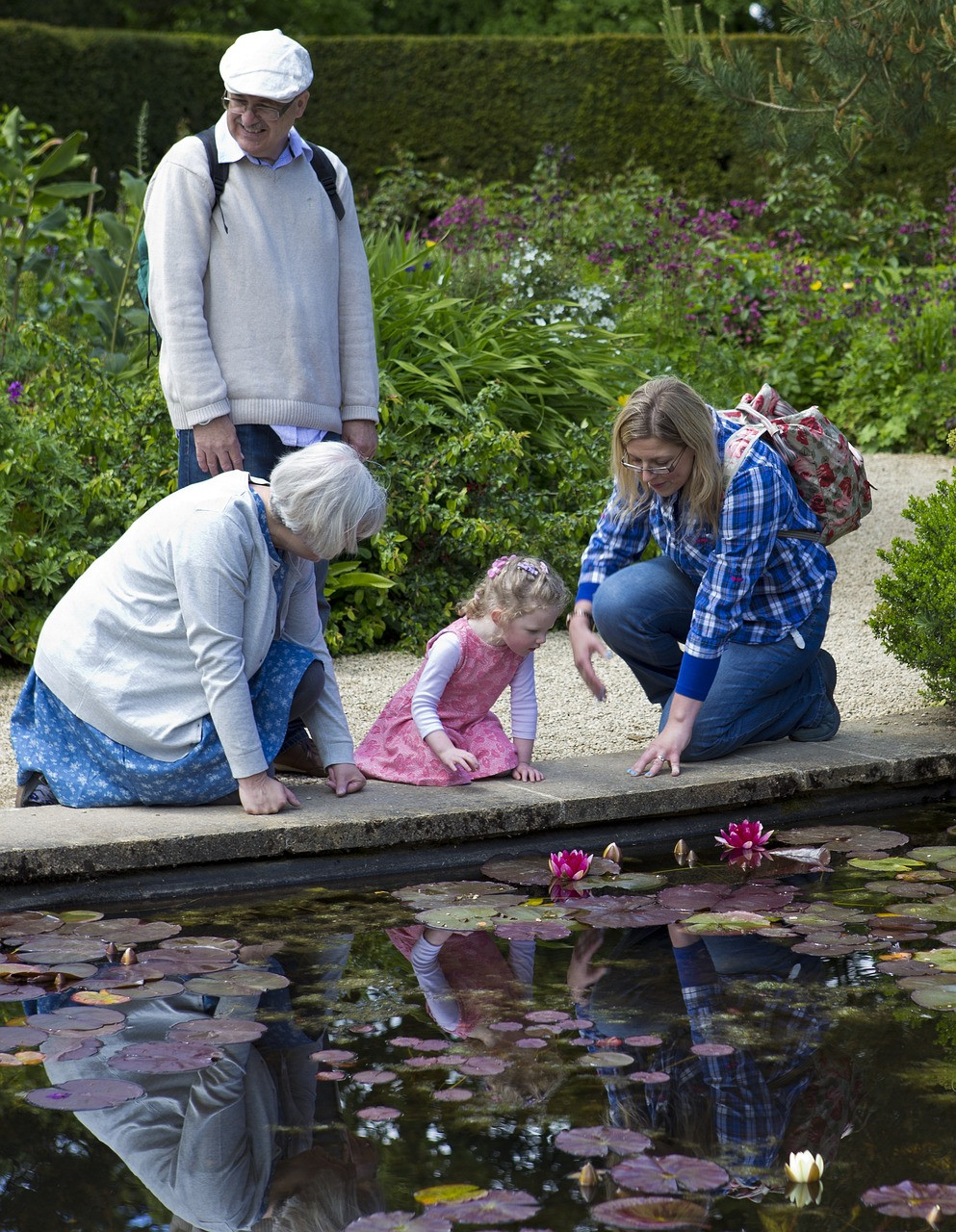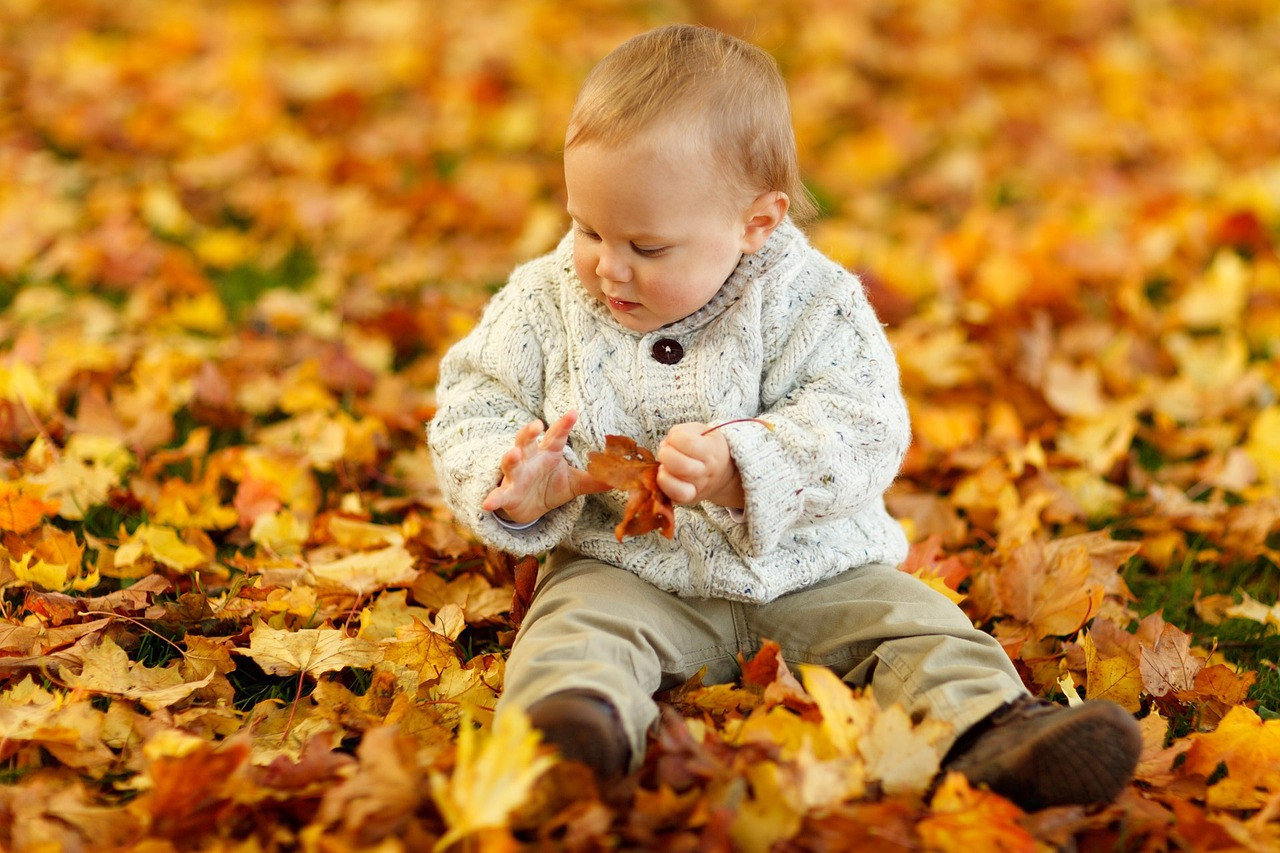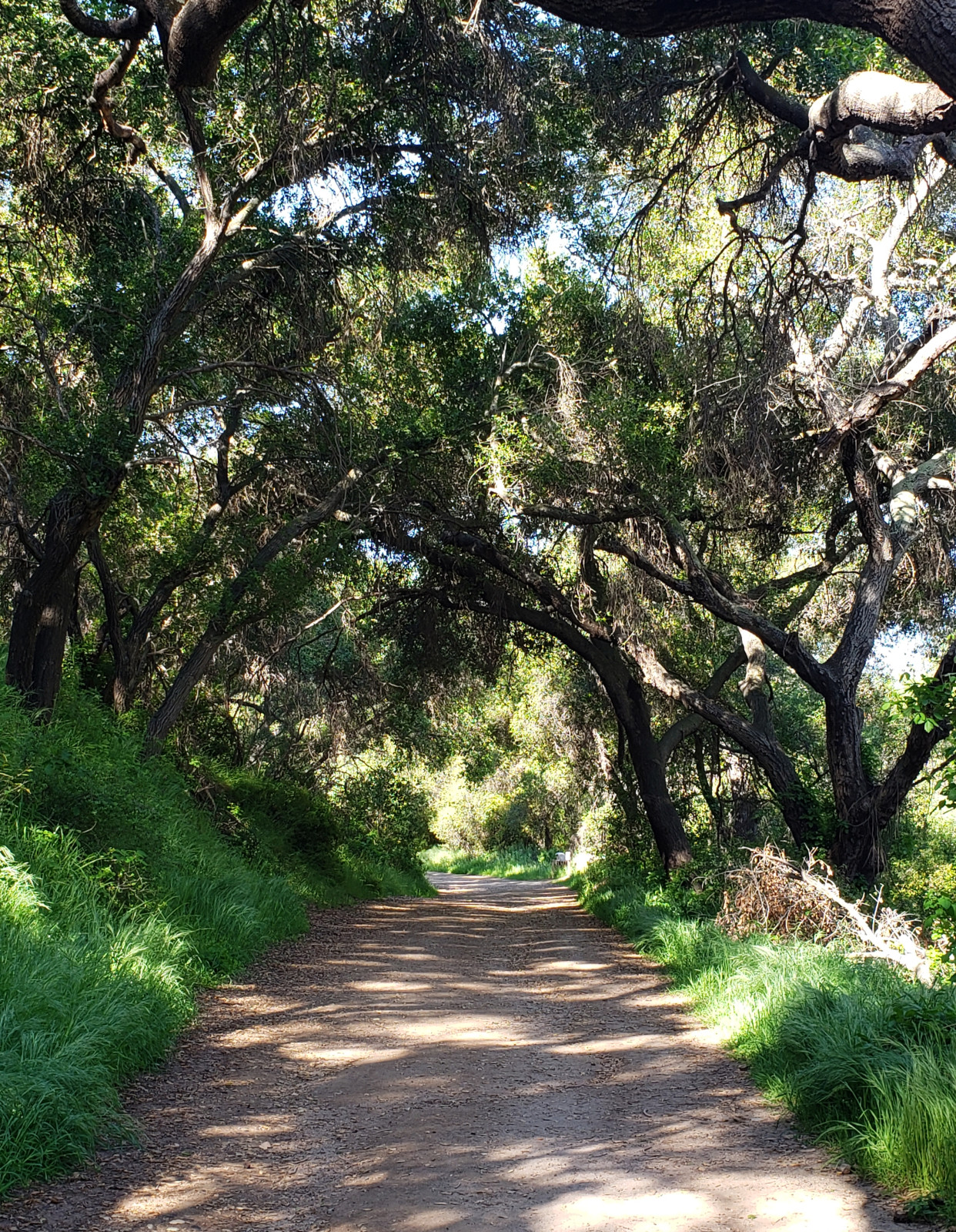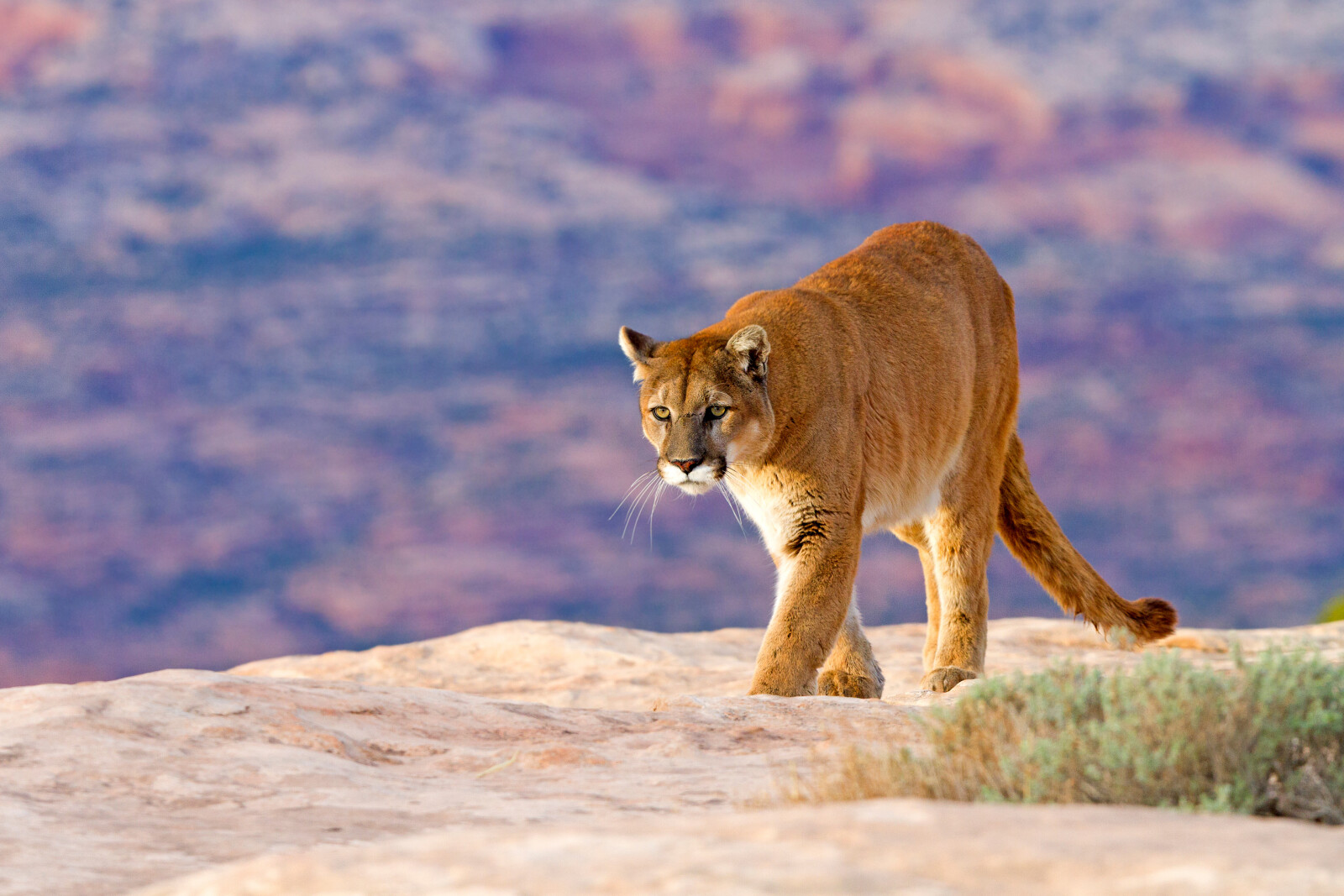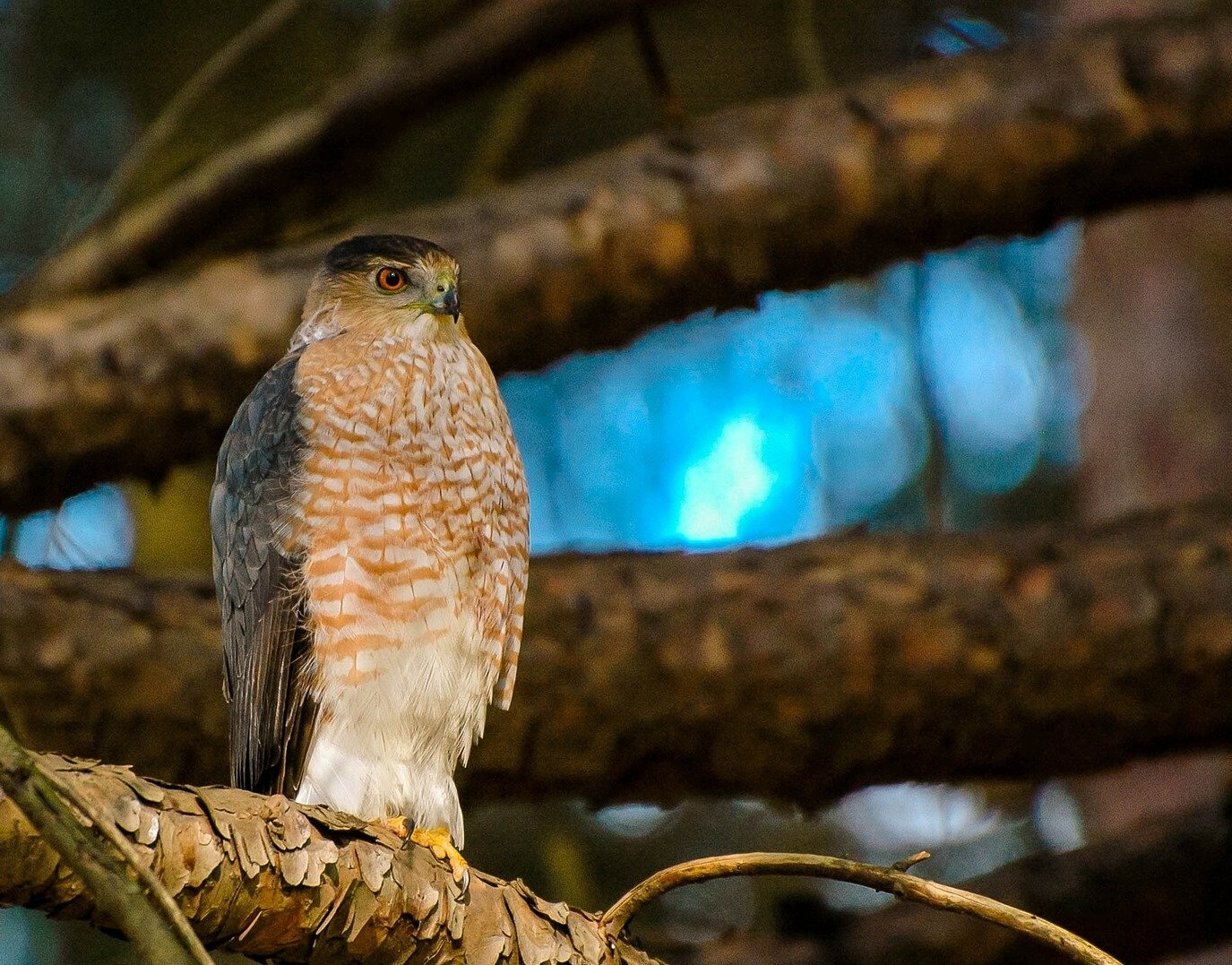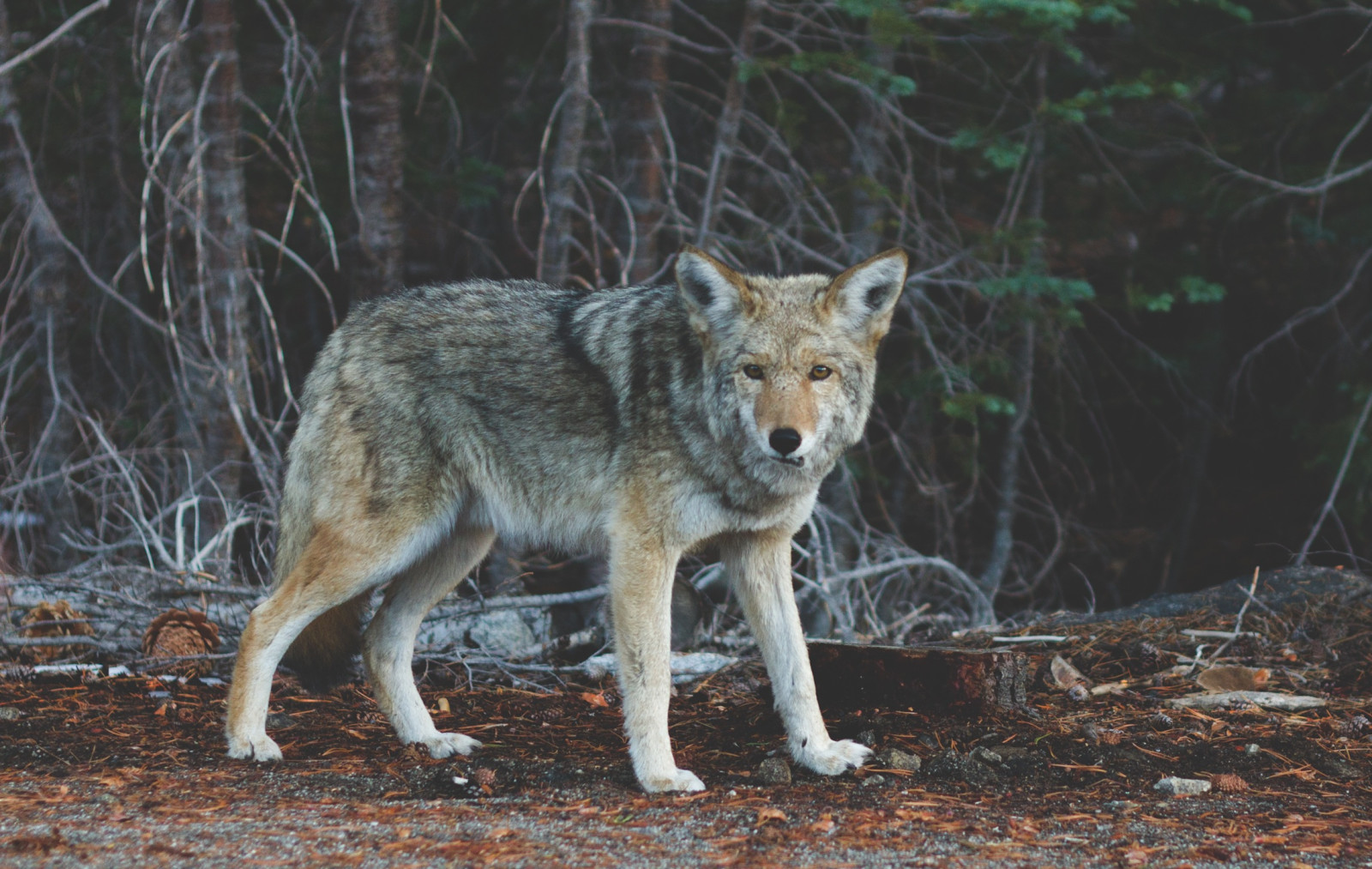
When you explore the outdoors with your grandkids, you might meet some interesting creatures like coyotes. Today, you'll learn why coyotes are important for nature and discover ways to keep our furry friends safe during our adventures.
Coyotes are like nature's superheroes! They help keep a balance in the wild by eating pests like rodents, but they also eat rabbits, frogs, and snakes. This makes sure there are not too many of them running around. Coyotes also help other animals by influencing where they live and how they act. So, when you see coyotes, you should remember they are just doing their jobs to help nature.
But you need to be careful when you have your pets with you. Here are a few simple tips to make sure they stay safe:
Stay Close:
Always keep your pets close to you by using a 6- or 8-foot leash. This keeps them safe and lets them explore without getting into trouble. Don’t allow them to go behind bushes where you can’t see them.
Watch Out:
Pay attention to your pets and nearby areas, especially during sunrise and sunset when coyotes are more active. Watching your pets helps you make sure they're safe and sound. Be extra careful if your pets are small. You might also check the area for signs coyotes have been there. You can look for scat or tracks. If you want to know my favorite book for learning about that, you can find it here!
Protect Your Yard:
Make sure your backyard is safe too. Use higher fences or enclosures to stop coyotes from coming in and bothering your pets. You might also install motion detecting lights and/or sprinklers.
No Easy Meals:
Coyotes are opportunistic and will eat a variety of things. I’ve seen coyote scat (aka poop) with gummy worms inside! So, don't leave any type of food outside that might attract coyotes. Keep your garbage cans secure, and don't leave pet food where coyotes can find it
Teach Others:
Let your grandkids and other adults know about coyotes and why it's important to be careful. Sharing what you've learned helps everyone stay safe, including the coyote.
These superheroes of nature make sure everything stays in balance. By following these simple tips, you can enjoy our outdoor adventures with your pets while keeping them safe. Let's appreciate the wonders of nature and make sure all creatures, big and small, can live happily together.
Unlocking Nature's Wonders: A Beginner's Guide to the Great Backyard Bird Count for Adventure-Seeker

The Great Backyard Bird Count (GBBC) is just around the corner, offering a fantastic opportunity for adventure-seeking grandparents and budding birders to connect with their grandchildren and foster a love for nature. This annual event invites people of all ages, especially beginners, to join in the global celebration of birds right from their own backyards. By participating, you contribute valuable data to scientists studying bird populations, aiding in bird conservation efforts worldwide. The GBBC is beginner-friendly and welcomes birders of all levels, providing a unique bonding experience for grandparents and their grandchildren.
To get started, create a welcoming space for birds in your backyard with feeders and birdbaths. All you need for birding are a pair of binoculars, a bird identification guide, and a notebook to record your sightings. Take advantage of technology by using bird identification apps like Merlin Bird ID or Audubon Bird Guide. Involve your grandchildren in the counting process, teach them about different bird species, and capture the moments to share with the GBBC community online. Join the global community of birders by participating in online forums and social media groups dedicated to the GBBC. The Great Backyard Bird Count is not just an event, but a journey into the fascinating world of birds that transcends generations.
Read more...
Just like humans, animals have specific needs--food, water, a place to sleep, and a place to raise a family. Unless you’ve got a large piece of land, you probably can’t provide everything for every animal, but you can still help by offering what you can.
Food
One of the easiest things to provide is food, and if your yard includes plants, you’re already providing food. Have you ever seen a flock of bushtits swarm over aphids on your bush? They’re devouring the bugs and helping your plant at the same time.
But not all birds are insect eaters. Many only eat seeds, so I offer bird seed to supplement a seed eater’s natural food source. More food is needed during the spring and summer when new families are hungry. I’ve seen quail bring their young to my ground feeders. Fledgling birds learn to forage (find food) by following their parents. Young house finches, scrub jays, lesser goldfinches, and spotted towhees eat at my feeders every year.
To attract a larger variety of birds, offer more than just everyday bird seed. I start with a basic seed mix (use one with 25% or fewer sunflower seeds for less mess), then add a waste-free blend that’s just nut meats. Lastly, I’ll add a type of finch mix with very small seeds. Goldfinches and mourning doves both love Niger/thistle seed, but goldfinches need a hanging feeder with small holes. Mourning doves and many others will eat from a hanging feeder, but are just as happy with a ground feeder. So, I have two ground feeders to help lessen the mess on the patio. Another protein source that attracts insect eaters is freeze dried meal worms and little suet balls. I sprinkle both near my ground feeders. If you’re not against crows, you can toss out raw peanuts in the shell. Scrub jays love them, but so do crows.
Birds aren’t the only wildlife you might help. I noticed a pair of orange-throated whiptail lizards munching on freeze dried mealworms.
Butterflies also visit my yard, enticed by certain blossoms. Just by growing the right plants, you can feed hummingbirds year-round in Southern California.
Keep your eyes out for the Part 2 of How to Create a Wildlife Friendly Yard.


